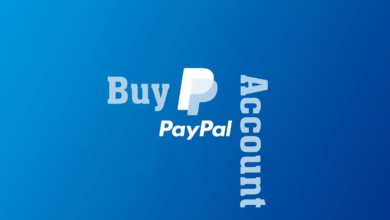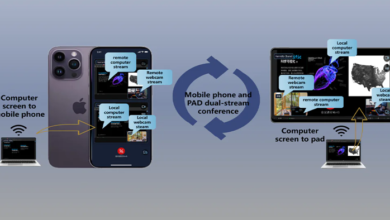What Is Digital Marketing, Anyway?

When customers and prospects come to you, rather than the other way around, the advantages are obvious. They’re interested, open, and receptive. Your customers have chosen the moment—all you have to do is be ready. And it spares you much of the headaches and expense of outreach marketing efforts:
- Media planning and buying.
- Direct mail dumps.
- Spraying and praying in an era in which browsers can be configured to block ads, spam filters can be sending your email campaigns into oblivion, digital video recorders are making TV spots optional, and consumers are emptying much of the content of their mailboxes into the Recycling Bin.
There’s really no debate over the benefits of tune-in versus tune-out, of pull versus push.
A Roper Public Affairs poll found that 80% of business decision-makers prefer to get information about a company from articles rather than from ads. Some 70% say content marketing makes them feel closer to the sponsoring company, and 60% believe company content helps them make better product decisions
Content marketing aids in brand recognition, trust, authority, credibility, loyalty, and authenticity. Content marketing can help accomplish these tasks for a variety of constituencies, and on several levels: for the organization, it represents, for a company’s products and services, and for the employees who represent the business or service.
Digital Changed Everything
Although content marketing is hardly new—after all, businesses have been publishing newsletters and brochures practically since the advent of the printing press—the rise of the Internet and other digital channels, particularly social media, has significantly lowered the bar (and the costs) of leveraging content to profitably attract clients and prospects.
Marketing Profs/Junta42 study, conducted in 2010, found that 60% of marketers planned to increase content marketing spending in the coming year. Content already accounts for more than 33% of marketing budgets— often double that in smaller organizations. Overwhelmingly, all these efforts and budgets are flowing into digital channels.
The aim of this book is to help you get a handle on content marketing in digital channels. I examine tactics, strategies, and the myriad channels available to content marketers. I provide case studies from brands both large and small in the hope that they enlighten or inspire.
You should bear in mind that when it comes to content marketing, there really are no rules. There are best practices, to be sure. Aside from common sense notions (such as checking spelling and grammar; if it’s a video, it should probably contain moving images and audio), there are no hard and fast rules, only guidelines. The content that works to support your business won’t be what works for another company with a different audience, offering, and personality
Last word
If there’s a single thing that deserves to be said before you dive in, it’s this: Be prepared to experiment. Be prepared to fail—but make sure you learn from those failings. And above all, have fun. Creating interesting, compelling, original, educational, diverting, immersive, entertaining, and attractive content can be just as valuable and inspiring for the creator as it is for its intended audience.





